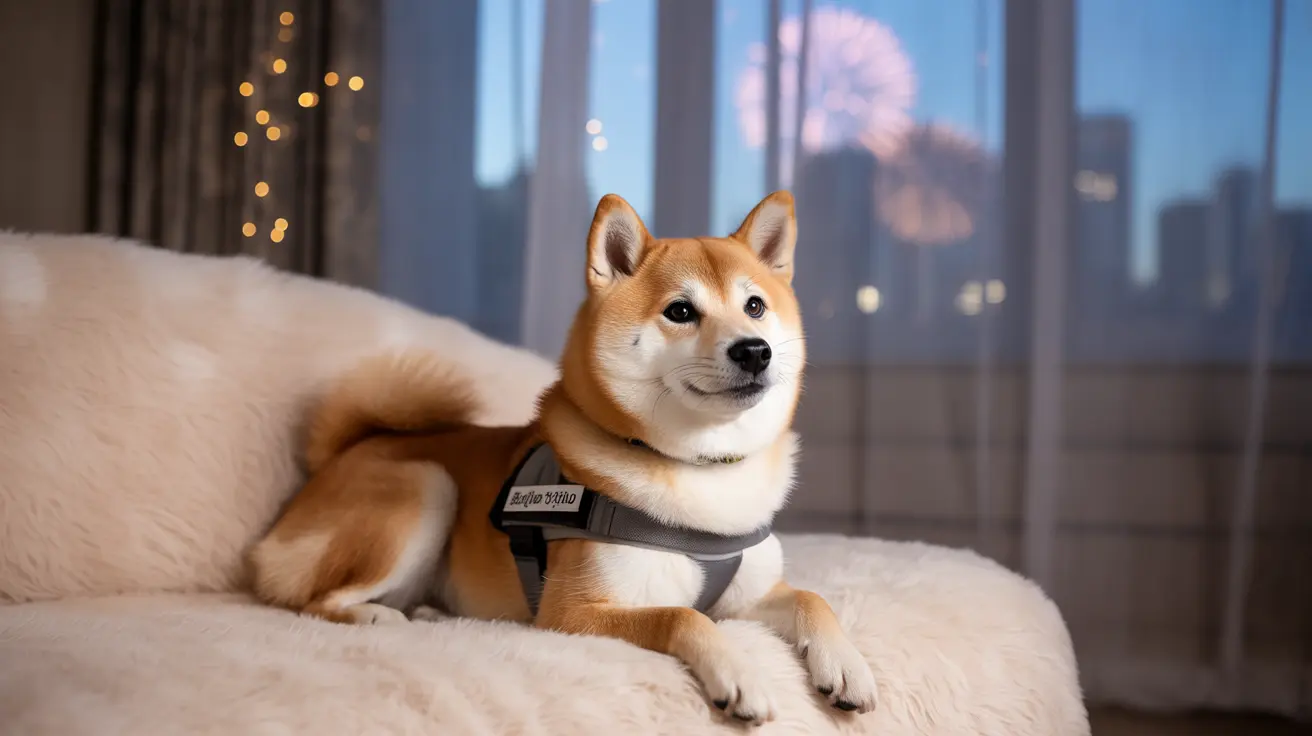Understanding Canine Body Language: Should You Stare Back at Your Dog?
Dogs are incredibly expressive creatures, often communicating their feelings and intentions through subtle body language. One of the most powerful—and easily misunderstood—forms of communication with dogs is eye contact. Many dog owners wonder, "Is it OK to stare back at my dog?" The answer depends on the context, your relationship with your pet, and the dog’s own temperament. This guide seeks to untangle the myths surrounding this question and provide actionable insights for building a better bond with your furry friend.
Why Dogs Stare at Humans
Staring is a form of non-verbal communication for dogs. They may stare at you for a variety of reasons:
- Seeking attention: A dog may stare to initiate play or a petting session.
- Expressing affection: Gentle, relaxed eye contact can indicate love and trust.
- Waiting for cues: Dogs often look to their owners for direction, especially during training or meal times.
- Alerting or guarding: A fixed gaze might be a way of warning you about something unusual or unfamiliar.
How Dogs Interpret Human Eye Contact
Unlike humans, many animals perceive direct, prolonged eye contact as a sign of dominance or aggression. For dogs, particularly those that are anxious or not well-socialized, staring can be intimidating. Here’s how your gaze might be understood by your dog:
- Friendly and relaxed: Soft eye contact paired with a relaxed body posture usually sends a signal of affection or calm leadership.
- Neutral or uncertain: A brief glance followed by a look away is a respectful gesture in canine communication.
- Threatening: Fixed and intense eye contact, especially if combined with rigid posture, can be taken as a challenge.
When Is It OK to Make Eye Contact With Your Dog?
Making eye contact with your dog can be positive if done correctly. Here are scenarios where staring can be appropriate:
- During training sessions: Eye contact helps reinforce focus and attentiveness.
- Bonding moments: A soft gaze during quiet time can strengthen your emotional connection.
- Reading cues: Recognizing your dog’s facial expressions helps you respond empathetically to their needs.
When Not to Stare at Your Dog
There are times when making prolonged eye contact could be counterproductive or even harmful:
- With unfamiliar dogs: Avoid direct stares, as it can be perceived as confrontational.
- Fearful or anxious dogs: Respect their space and avoid eye contact that might escalate stress.
- During aggressive behavior: Looking into the eyes of an aggressive dog can be seen as a challenge, increasing the risk of escalation.
Signs Your Dog Feels Uncomfortable With Eye Contact
Learn to read the signs that show your dog is unhappy or nervous about your gaze:
- Averting their eyes or turning their head away
- Yawning, licking lips, or showing the whites of their eyes ("whale eye")
- Backing away or hiding
- Growling, barking, or stiffening their body
How to Practice Positive Eye Contact
To make your dog comfortable with eye contact, follow these steps:
- Start slow: Begin with brief glances and reward your dog with praise or a treat.
- Use positive reinforcement: Associate eye contact with enjoyable interactions.
- Keep your demeanor relaxed: Smile, soften your eyes, and avoid towering over your dog.
- Observe and adapt: Pay close attention to your dog’s reaction and adjust accordingly.
Bottom Line: Read Your Dog’s Cues
The key to answering, "Is it OK to stare back at my dog?" lies in understanding context and sensitivity. Not all dogs react the same way. While some appreciate direct eye contact from their trusted humans, others might find it threatening. Always observe your dog’s body language and behavior to gauge comfort levels. If your dog seems relaxed and responsive, a gentle gaze can improve your bond. However, if your dog shows signs of discomfort, it's best to avert your eyes and interact in a non-threatening manner.
By cultivating mutual trust and observing boundaries, eye contact can become a useful tool in nurturing your relationship with your pet.





